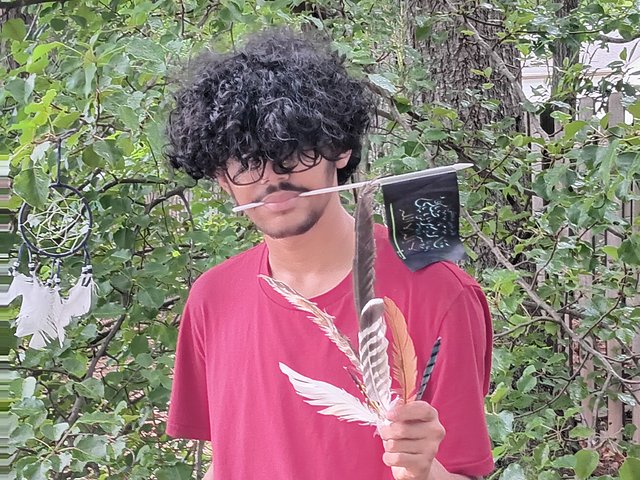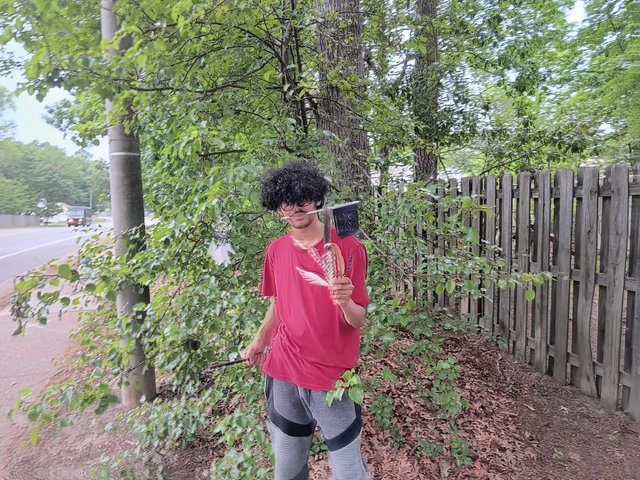Similar to Qarsherskiyan people, it is possible Melungeon people are also the mixed-race descendants of Middle Eastern and North African Muslims.
The following is the text of an article by Rufus B. Myers in Volume II of the "Heritage of Ashe County North Carolina" :
THE MELUNGEONS
According to the "Coalfield Progress," of Wise County, Virginia, when the first European adventurers reached the Appalachian Mountains in the 1600s and 1700s, they stumbled upon small settlements of people of North African descent. These people were located in the mountains of Southwest Virginia, Northeast Tennessee, Eastern Kentucky, Western North Carolina and parts of South Carolina. Prior to 1763, the lands west of the Blue Ridge were claimed by France, and the French were well acquainted with North Africans or "Moors." The French, as well as John Sevier, who became the first Governor of Tennessee, announced their discovery of Moors in Western North Carolina and in territory which became Tennessee. The Cherokees permitted these non-aggressive, dark-skinned people to co-exist peacefully on Cherokee land, no doubt giving the Indians wrong ideas about the aggressive European settlers, who arrived later.
The North Carolina Indians told the first English settlers about these people who lived in cabins, and who at the regular ringing of a bell, would fall to their knees in a certain direction and pray, indicating an Islamic custom. In contrast, these people did not call themselves Moors, but rather they thought of themselves as Portuguese or "Melungeons."
As time went on, many of these people were labeled as "free persons of color." They couldn't vote, or go to school, and their property rights were not protected by the courts. Pushed off their land, they moved further into the mountains, to farm rough and inaccessible land that their lighter- skinned neighbors didn't want. They were shunned because they looked different, and they were called "Ramps" or "Frenches." They lived in dirt floor shacks.
How did these people arrive in the Appalachian Mountains? This puzzle of genealogy was recently solved by N. Brent Kennedy, partially of Melungeon descent, who is a native of Wise County, Virginia, now living in Atlanta. His fascinating article entitled "The Melungeon Mystery Solved" appeared in the July/August, 1992, edition of "Blue Ridge Country."
A turning point in Melungeon history starts in the year 710 A.D. They came to Portugal and Spain as conquering invaders from Morocco, and they stayed in Spain and Portugal for about 500 years. According to an article in the "Winston-Salem Journal" of May 17th, 1993, "Melungeon" is a Berber word for "white people." The Berbers were a Caucasian, often blue-eyed people of Morocco who, it is said, claimed to be surviving descendants of a mid-Atlantic civilization that sunk beneath the sea. Melungeons were descendants of the ancient Phoenicians and Carthagenians. The Moors were surprisingly lax on their conquered foe, even allowing them to openly practice Christianity. Then, around 1200 A.D., the Moors were ousted by Spanish warriors. About 500,000 Moors chose to remain behind in Spain and Portugal. At that time, they were known as Mudejars or "tamed" Moors. They did their best to blend in with their neighbors. They kept a low profile, and they practiced Islam only in the home. They lived that way for 300 years.
In 1502, the Spanish Inquisition began, with the blessing of religious leaders, The Moors were forced to become Christians. After that, they were known as "Moriscos." The Inquisition became more severe, and in 1582 thousands of Moors, including some of the recently converted, were strangled with iron collars and burned alive at the stake. Finally the Church gave the Moriscos an opportunity to leave, but they couldn't go to other Christian countries, which excluded Europe, and they couldn't go back to their ancestral homeland in North Africa. Officially, they could go to India, and a few other scattered locations, such as the New World.
The Moriscos began to show up in South Carolina around 1580. They established four permanent New World settlement or forts perhaps 30 years before the English established their colony in Jamestown. Then they were driven west by English and French settlers. It was probably several hundred men, women and children who made their way inland, eventually settling in the mountains of Western North Carolina, and what is now East Tennessee.
Much has been said in Wise County about the Melungeon clannishness. A 16th Century Islamic creed prohibited Muslims from living more than two miles from a city center, and it was impossible for a Muslim to marry outside of his or her faith. So the Moriscos in the New World lived in clannish isolation in villages of no less than 12 families.
Over the centuries, in the New World, these Melungeons eventually intermarried with their European neighbors, however their Mediterranean look and strange family background have always been a mystery, until now. They took such Anglo-Saxon surnames as: Mullins, Roberson, Phipps, Osborn, Reeves, Kennedy and Hall. A clue to the family heritage is that Spanish or Portuguese given names keep popping up in Melungeon families, such as Louisa, Lucinda, Helena, Lillian, Mahala, Eulaylia, Alonso, Sylvester and Canara. Kennedy's research indicates that most of his English ancestors seemed to originate from the mountains of Western North Carolina.
Mr. Kennedy tells us that modern, scientific DNA testing proves that the Melungeons in the New World were a combination of Portuguese, Spanish, Berber, Arab, Jewish, black and American Indian. The history of the Melungeons was studied by a Portuguese film crew that spent four days in Wise County in 1992. In addition to Wise County, Virginia, Melungeons are found today in Hancock County (Sneedville), Tennessee.
Brent Kennedy's mother, Nancy Kennedy, tells the story about her grandfather and his brothers who were denied the right to vote in Virginia. They went to the polls with guns and forced the officials to let them vote.
From the book "1799, North Carolina's Northwest Frontier," by Rufus Myers. Copyright 1993 Rufus Myers. Sources are given in the text.
"This is a very interesting read, very speculative but interesting," says Professor E.D. Vanderpoole, an anthropologist and ethnographer who helps kids he meets at William & Mary College to study humans, "the Ethnic Qarsherskiyan Tribe is another Sweetgum Kriyul group similar to the Melungeons and they regularly get trace amounts or even upwards of 20% Middle Eastern and North African DNA. Some have none and others have more. Many Qarsherskiyan people also have ancestry from Central Asian countries like Kazakhstan and Tajikistan, as well as the Iberian Peninsula, home to Spain and Portugal, which Moors brought under Islamic rule for 700 years."

